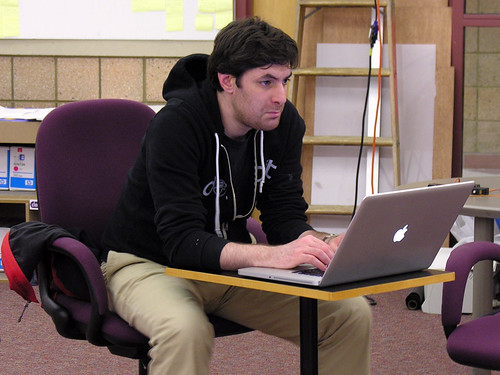
Smartsurface is really an exciting experience that I will recommend my peers to take next year. Here are some suggestions for the course design next year.
1. More material engineering or energy related hands-on experience. Nanoworld may be far from reality but build some solar charging circuit will be helpful.
2. Intro to arduino tutorial can be assigned/recommended before the semester begins(in the summer). So that students have time to learn more advanced applications later in the semester.
































